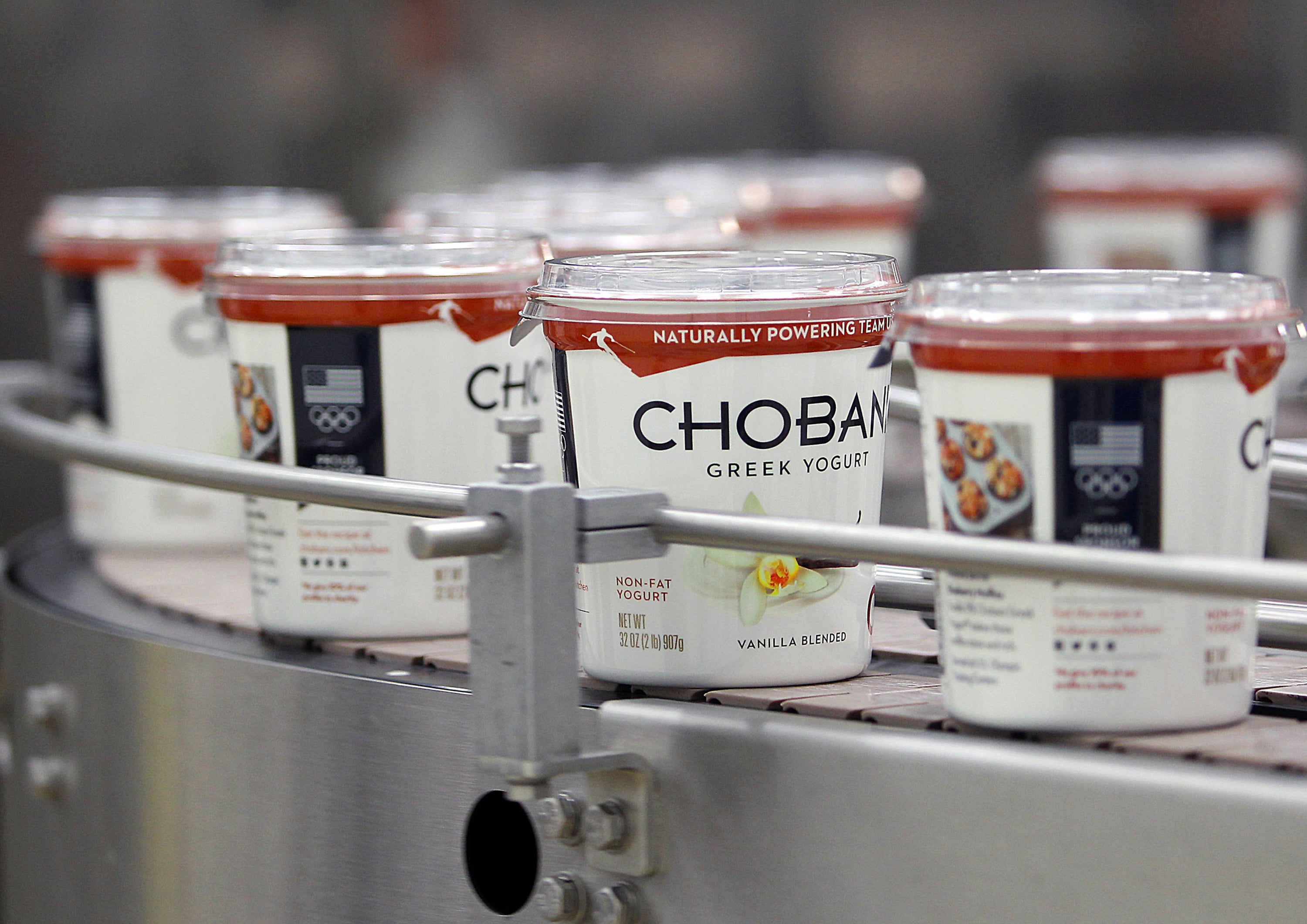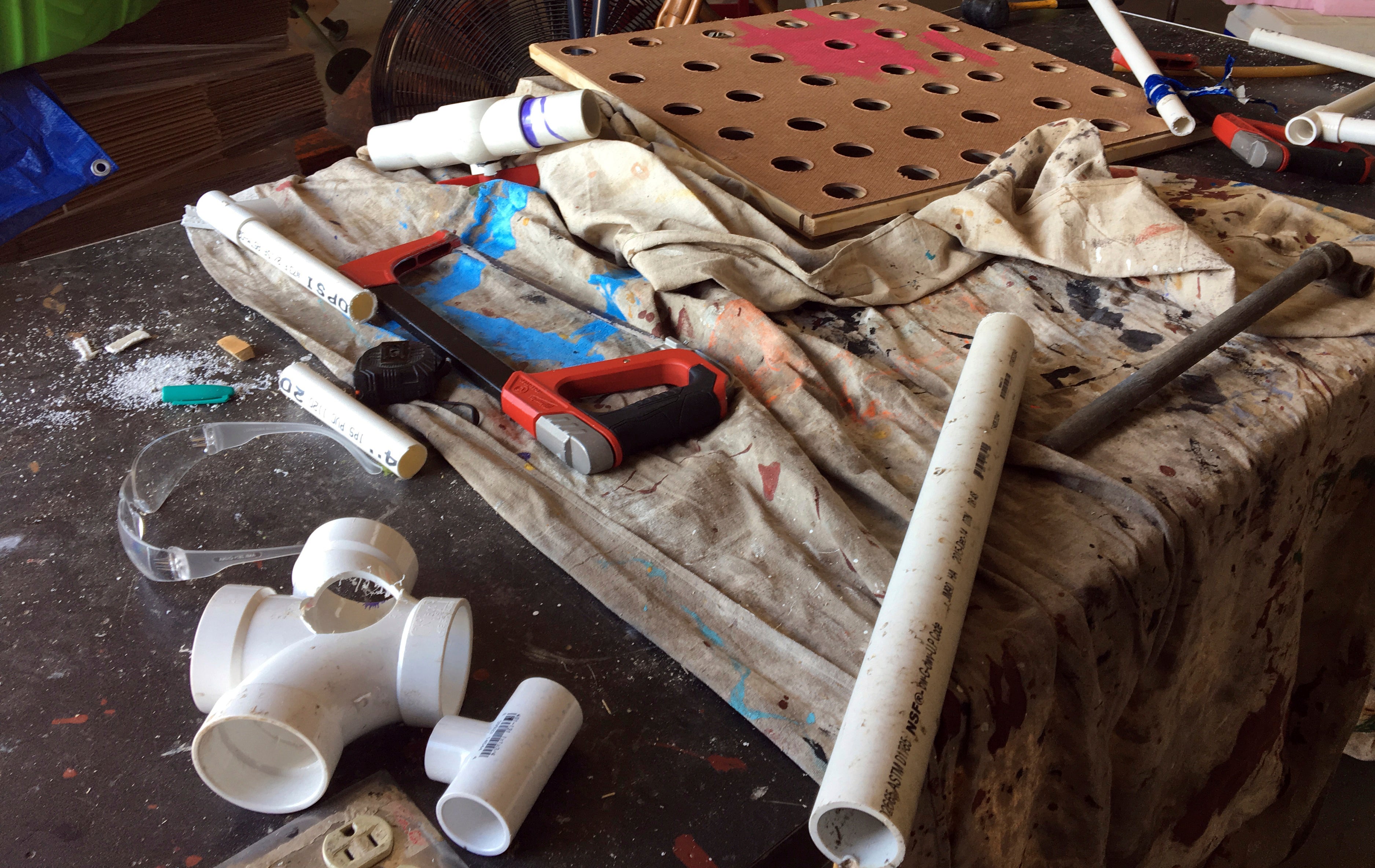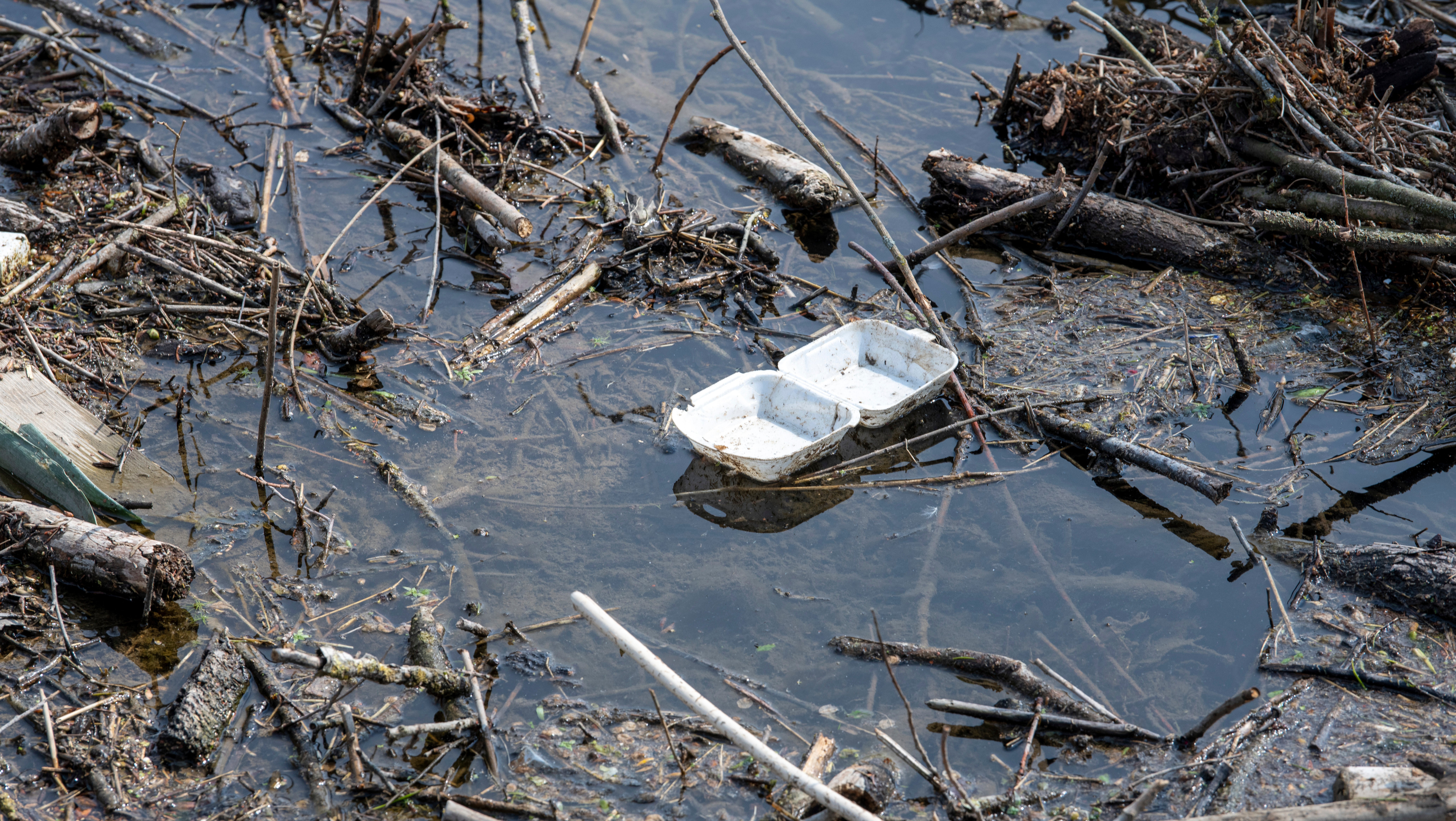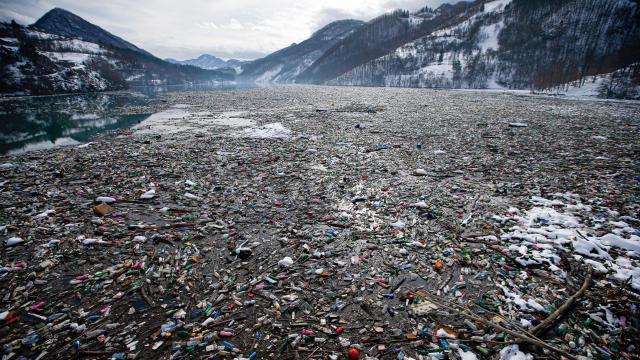Pick up any plastic item in your home, and there’s a good chance you’ll see a familiar symbol of three looping arrows, the universal sign for recycling. The numbers inside the arrows represent resin identification codes, a classification created by the industry to denote different kinds of plastics. It’s a symbol commonly associated with environmentalism, a sunny reminder that we can always reduce, reuse — and recycle. As we face a global plastic crisis, it’s comforting to think that your plastic water bottle will become something new and useful once you’re done with it.
But contrary to popular belief, that symbol doesn’t really mean that the item will be recycled. Just because a plastic item can be recycled doesn’t mean it’s always technically possible for the average person to do so. Only 9 per cent of the world’s plastic is recycled at all, and it’s not because consumers are lazy but because the whole system is broken.
Recycling is, by and large, an extremely expensive and resource-intensive process, profitable only when there’s high demand for the end product and lots of plastic to process at huge facilities. And even if you go out of your way to clean and sort your plastic waste, your municipal recycling facility could be sending it to landfills anyway.
Read on to learn about the different types of plastic, what to do with them, and the big, big problems with the recycling system.
PET or PETE, #1

The MVP of the recycling system, polyethylene terephthalate is marked with a 1 inside the looping arrows. PET is used to make soft drink and water bottles, other bottles and containers for everything from mouthwash to peanut butter, as well as some types of plastic toys. It’s the perfect material for recycling — easily cleaned, lightweight, can be turned into transparent plastic — and is the most-recycled plastic in the world. For this reason, we’re ranking it the least-least recyclable material — you’re welcome, PET!
But careful! Just because PET is ultra-recyclable doesn’t mean it’s sustainable. Only 30 per cent of plastic bottles are recycled and most of those bottles aren’t made into other bottles but are “downcycled” into lower-quality items — most of which can’t be recycled again. And since the recycling process degrades the quality of the plastic, even if these bottles are made into new ones, there’s only so many times you can recycle one Coke bottle before it’s downcycled into an item headed for a landfill.
HDPE, #2

Chances are you use a lot of stuff made out of HDPE around your home, from firm containers and jugs for detergent and milk, to shampoo bottles and plastic cutting boards. HDPE, marked with the number 2, can also be used to make flimsier plastic items, like some of the plastic bags you’d get at a convenience store or the bags inside cereal boxes.
Recycling HDPE can be a little tricky. Martogg has recently commissioned a Refresher Unit, the first of its kind in the Southern Hemisphere to process and convert Post-consumer HDPE back into high quality, food contact resin. They say the Refresher Unit will ensure that 6000 tonnes of post-consumer HDPE waste is recycled here in Australia and provided to packaging Manufacturers and Brand owners to further contribute to the circular economy.
Just make sure to empty out the container before recycling.
PP, #5

Like a lot of other types of plastic on this list, polypropylene (designated by the number 5) can be recycled — but it depends a lot on what its final form is. PP is highly recyclable but it is generally not able to be recycled through kerbside recycling. An estimated 13,500 tonnes of PP plant packaging waste goes to Aussie landfill each year.
There are some key problems plaguing recycled polypropylene materials, including lingering smells from stinky container ingredients (petrol, yogurt) and the fact that the recycled version often comes out an unappealing grey or black colour, making it unsuitable for consumer products. Recent innovations have shown some promise in solving these problems, which could mean more uses for the recycled material.
LDPE, #4

A note: we’re now entering a kind of no-man’s land in the rankings here. While most of the remaining plastic types are technically recyclable, they also run into some serious problems in execution.
China used to take most of these types of plastics (only 9 per cent of which actually were recycled, while the rest were burned, buried in landfills, or just dumped into the environment), and the 2018 ban has left a lot of council recycling facilities overwhelmed with material. Not only is it incredibly expensive to recycle a lot of this stuff, meaning there’s not really a market for it, but it’s also very difficult for the average person to figure out how to properly dispose of these items — and, as a result, things are often just thrown away. What’s more, the influx of cheaper fossil fuels — helped by the fracking boom of the past decade — has also made many plastic customers turn to virgin plastic rather than buy recycled material.
Anyway, low density polyethylene, or LDPE (marked by a 4 inside the arrows), is classified by its lightweight and flexible properties. Plastic cling film is usually made of LDPE, along with a host of other items and materials, like garbage bags, bread bags and bubble wrap; a firmer version of LDPE can be used to make laundry baskets, squeeze bottles and plastic lids.
When figuring out how to recycle LDPE, it again depends on where you live. Although it’s not the easiest answer, best thing to do is ask for instructions first from your local council. If they accept LDPE for recycling, then you can go ahead and put them in the kerbside recycling bin. Follow the instructions laid out by your local waste authority. Furthermore, if they do not accept such plastics, there are other alternatives who can help you. One example is REDcycle, where they accept different kinds of plastics – including LDPE 4 – they can recycle. You only need to collect them and drop them off at the given locations; REDcycle has partnered up with many Australian supermarkets for this
PVC and V, #3

PVC and vinyl are pretty familiar terms in consumer parlance and can be used for pipes, vinyl flooring (duh) and other outdoor features, as well as bottles for automotive supplies. This type of plastic can last for a while: PVC pipes can keep working for a couple of decades. But that also means that lots of homes that upgraded to PVC plumbing are nearing the end of their life cycles for their piping.
Part of the problem in trying to recycle this type of stuff is the additives: the material often has a high chlorine content as well as other chemicals mixed in. These chemicals can ruin entire batches of recycled plastics if they get into the mix, so it’s best to keep them away from your recycle bins. PVC has been described as one of the most hazardous consumer products ever created. PVC should never be sent to landfill and should always be mechanically recycled so that it can be reused. If you have PVC that you need to recycle, contact your local council to find out the best way to dispose of it.
Other, #7

If your item is marked by a number 7, that means it falls into the catch-all category of plastics that don’t fit into any of the other labels. There’s a wide range of stuff that can be made from number 7 plastics: CDs and DVDs, car parts, toys like Lego. Because this group of products is so big, when talking about recycling these, it’s best to check your local council for guidelines. Some #7 products, like bottles and jars, could be recyclable, but others will require you to find a specialty drop-off site.
To make it extra confusing, this label is also used for biodegradable plastics: plastic made from sugar or cornstarch. (Think about the plastic fork you might get from your local vegan takeout place.) These are not recyclable, but they are compostable. Check any labels carefully before tossing these in the compost, though, and make doubly sure that they’re biodegradable.
PS, #6

If the planet had a plastic villain, it’d probably be polystyrene. Polystyrene, aka plastic #6, is super lightweight and breaks apart really easily, which makes it ideal to use for things like egg cartons, packing materials and lightweight cups and takeaway containers. Unfortunately, those two qualities also make a lot of things made of polystyrene incredibly difficult — and, in some cases, basically impossible — to recycle.
Styrofoam, the brand name for expanded polystyrene, is especially problematic because it tends to break apart into tiny pieces, easily getting into other plastic supplies and ruining batches of otherwise recyclable material. As litter, those tiny pieces can also contaminate ecosystems and put wildlife in danger. It’s estimated that Styrofoam takes up from 25 per cent to 30 per cent of landfill space around the world.
You should avoid buying products that have this recycling code on them. However, if you do have products that contain this code, try to reuse the material for another use inside your home, or donate it to a local craft shop so that it doesn’t go into landfill. This type of material can not be placed in your kerbside recycling bin.
In essence, Styrofoam encompasses everything wrong with plastic: It’s everywhere, almost completely useless after the first use, and it hurts wildlife. Glad we’re stuck with this stuff for literally thousands of years!
As a general rule, most plastic is recyclable, but due to collection, sorting and cleaning facilities, only certain plastics can be accepted by your local council. Codes 1, 2 & 5 can usually be recycled by your local council and codes 3, 4, 6 & 7 should be double checked depending on where you live.
It’s important to do your due diligence and to check your products for these codes to ensure that you are recycling them in the correct way, as just one wrong product can send an entire truckload of perfectly good recycling to landfill!
